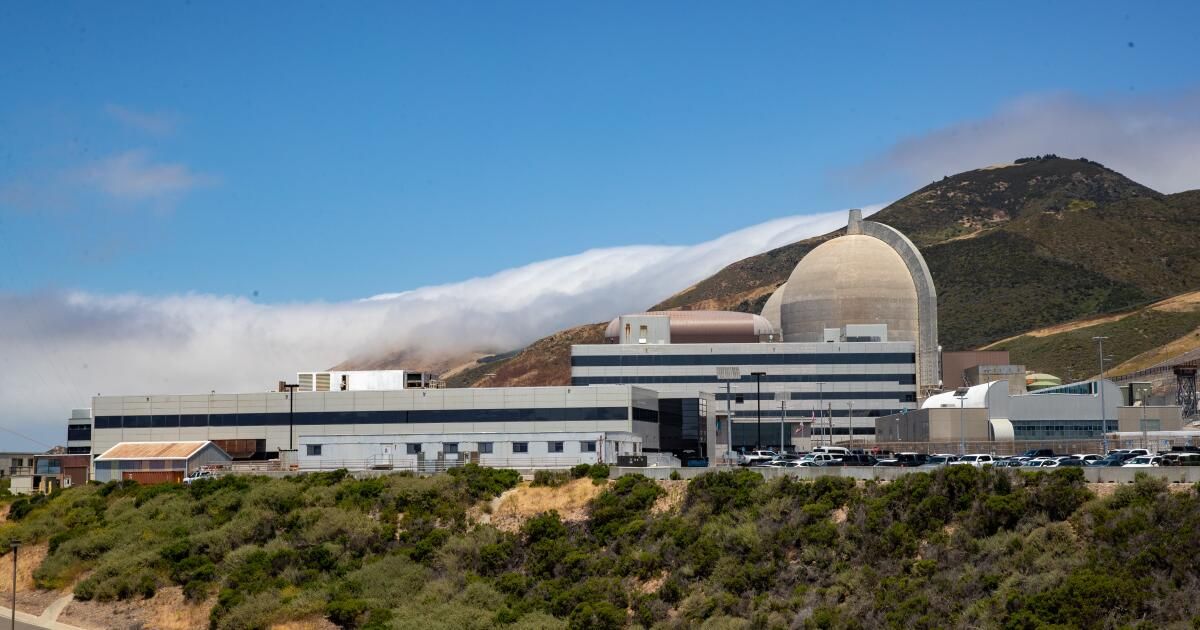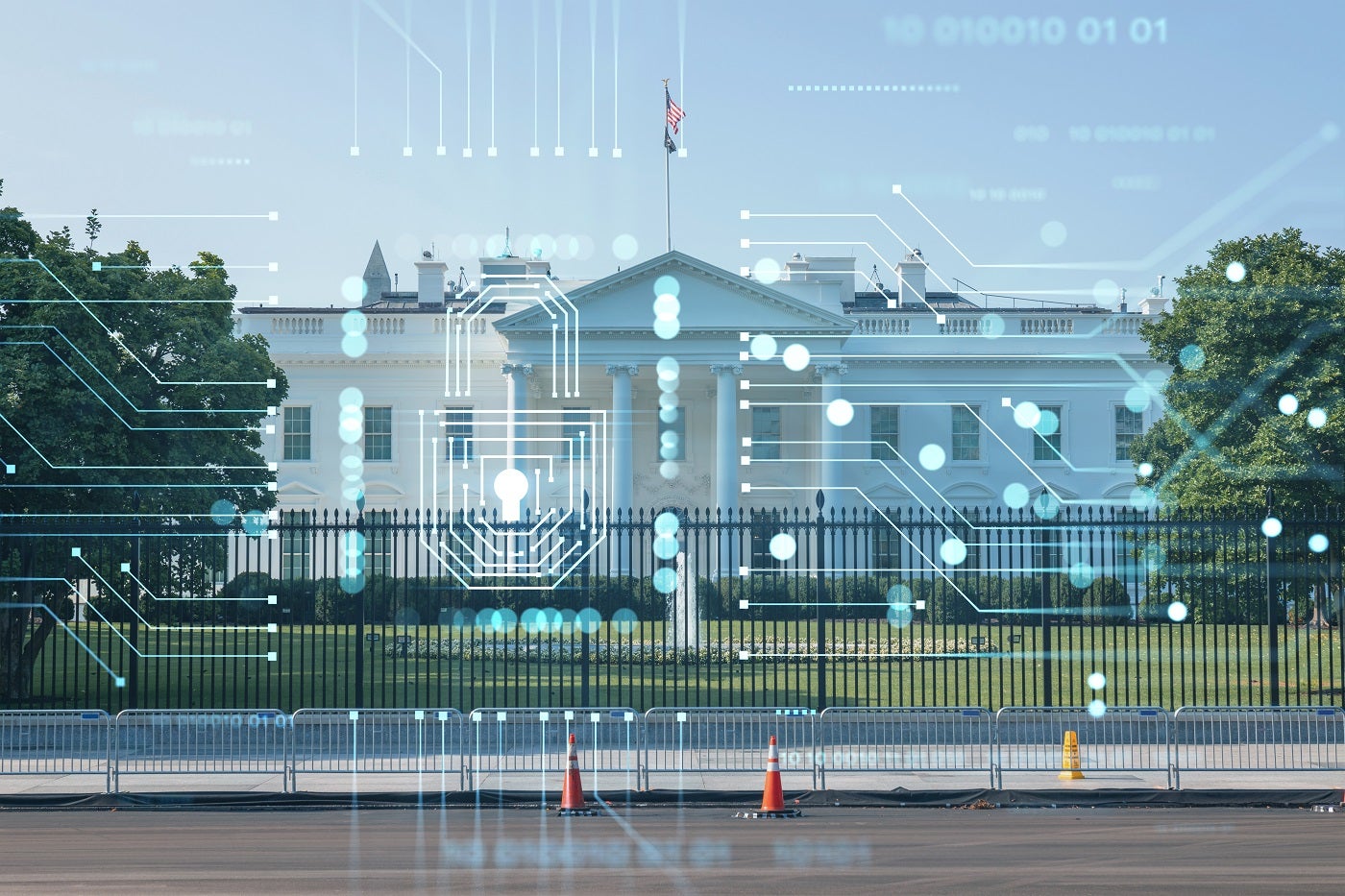To the editor: Nuclear plants are among the most earthquake-resistant structures on the planet, something your article on the Diablo Canyon plant near San Luis Obispo failed to convey.
Thirteen years ago, an earthquake ripped off part of the facade of a nuclear power plant office building in Virginia, but critical reactor systems were not damaged. Nuclear power plants are built to withstand severe earthquakes.
In recent years, plant designers and operators have incorporated a large amount of earthquake-proofing equipment that the U.S. Nuclear Regulatory Commission says is “beyond the design basis.” It is prepared for loss of grid connection and can cope on its own for considerable periods of time. Other industrial infrastructure, including oil refineries, pipelines and pesticide factories, is not built to the same standards.
In the event of a severe earthquake, a nuclear plant is unlikely to cause problems, but the energy it produces will help with recovery.
Furthermore, renewables are not necessarily cheaper than Diablo Canyon power. As with any energy source, value is far more important than cost. California has some of the most robust solar plants in the country, but electricity markets have hundreds of hours a year when prices are below zero.
In other words, during peak production hours, solar power is useless. California pays its neighbors to take over the production.
A carbon-free system will require a combination of solar, wind, hydroelectric and nuclear power. This type of system can keep the likelihood of shortages to a minimum.
Realistically, there is no simple solution to meeting America's energy needs in the face of increasingly severe weather events. Still, nuclear power is our largest source of carbon-free energy and our most effective tool for stabilizing the climate.
Craig Piercy, Washington
The author is executive director of the American Nuclear Society.
..
To the editor: The article does not mention the other nuclear risk and cost: what to do with nuclear waste.
These materials remain radioactive for thousands of years and must be stored properly to prevent contamination of surrounding areas. Currently, the United States has no permanent facilities for the disposal of nuclear waste.
Also, check your homeowners insurance policy. You'll likely find that nuclear contamination is not covered. These aspects must be factored into the operating and decommissioning costs of a nuclear power plant like Diablo Canyon.
Steven Leffert, Lake Balboa
..
To the editor: I guess I wasn't the only reader surprised by the front-page juxtaposition of the alarmist article about Diablo Canyon and the article about the increase in heat-related deaths.
Power outages are not only inconvenient and inconvenient, they are literally a matter of life and death. So the extremely remote risk of nuclear meltdown must be weighed against the near certainty of deaths from blackouts without nuclear backup from solar and wind power.
Batteries or other suitable storage systems are not yet available, and demand for electricity will continue to rise as vehicles become electrified. We are going through a difficult but essential transition, and difficult choices will continue to be necessary.
Scott McKenzie, La Cañada Flintridge












